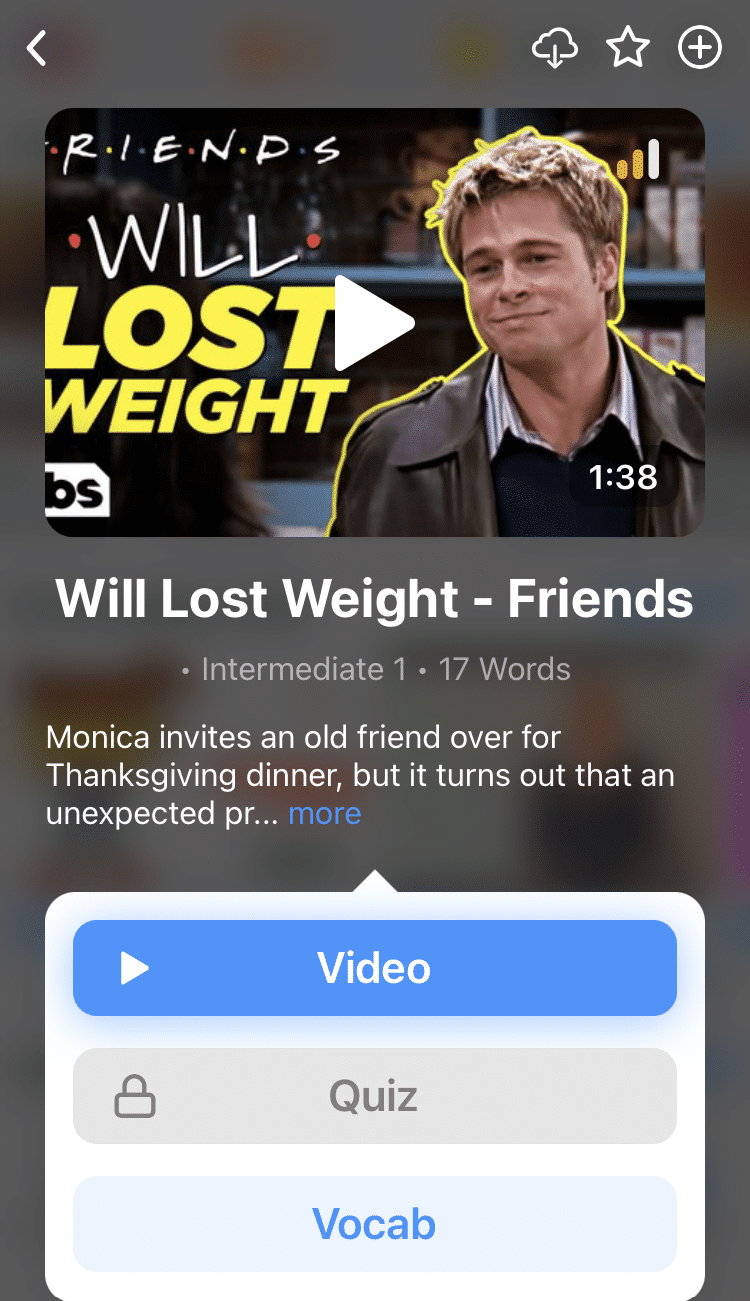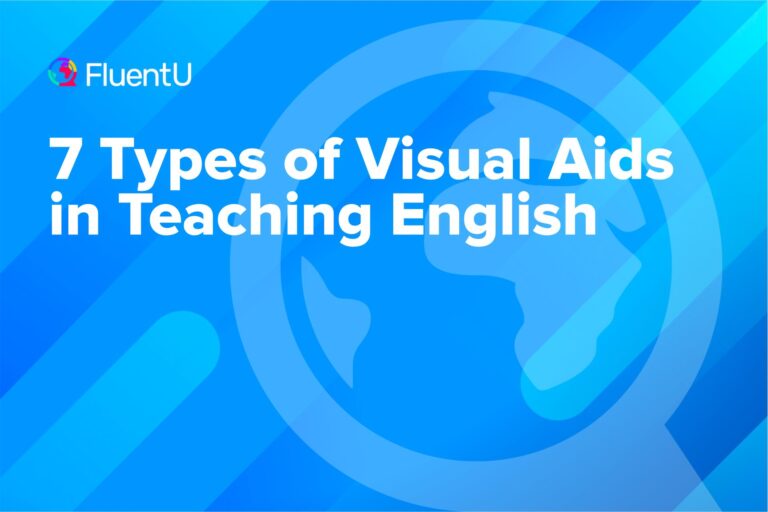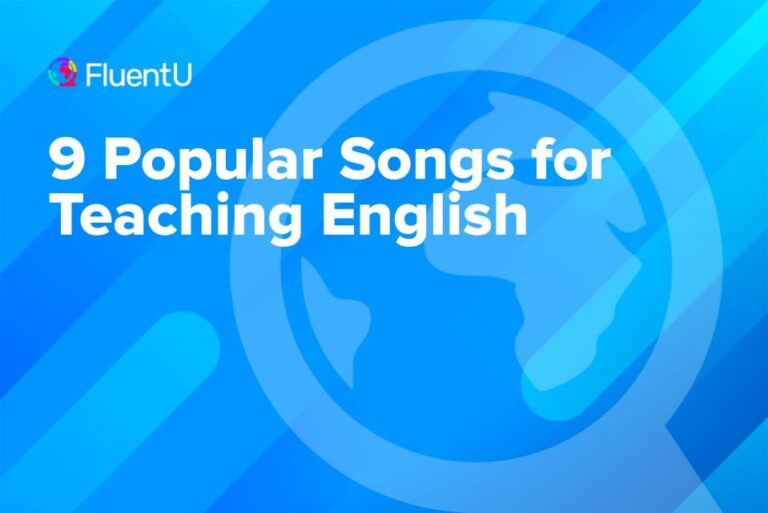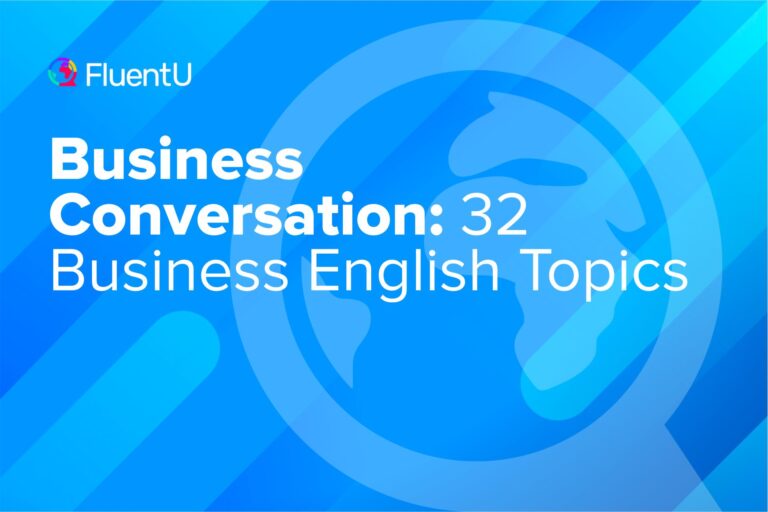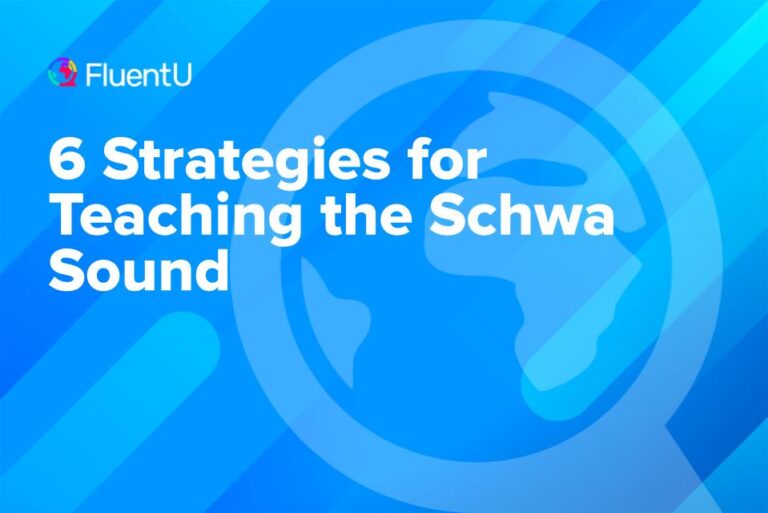How to Teach Reading to ESL Beginners: 6 Strategies
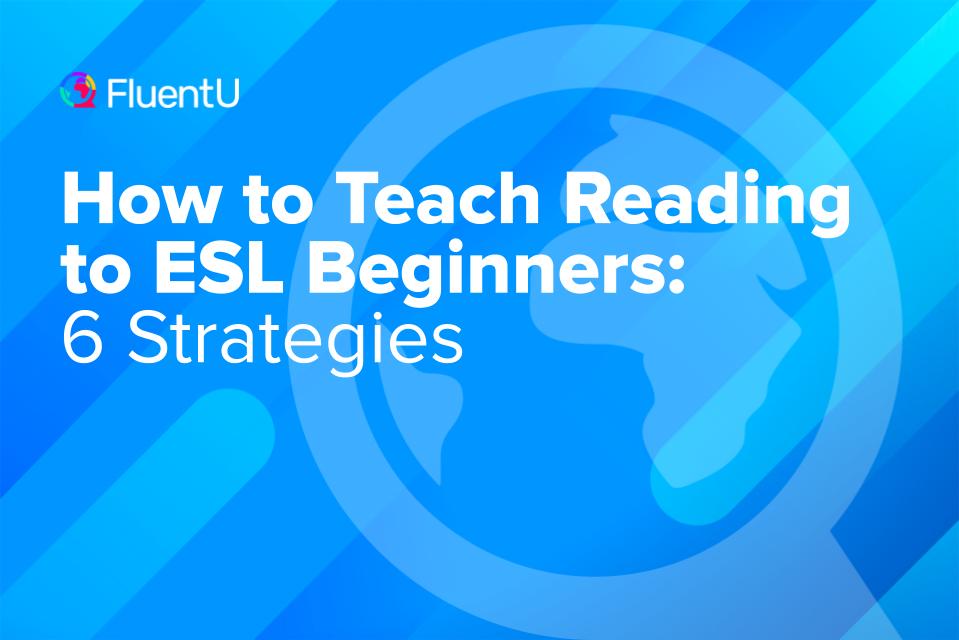
Reading is perhaps the most essential skill for beginning language learners to develop. It can help enhance the other essential language skills, and it’s the bridge to language and culture in the English-speaking world.
To make sure that your students are getting the most out of reading time, take a look at some key reading comprehension strategies below to help your beginner ESL students actively engage with the reading material. Plus, I’ll share some advice on how to approach reading with your class so it becomes a hobby rather than a chore.
Download: This blog post is available as a convenient and portable PDF that you can take anywhere. Click here to get a copy. (Download)
Getting Started with Reading for ESL Beginners
It’s crucial for students to have some basic ESL skills to begin their reading journey. After a foundation has been built, you can start tossing in more complex components and use reading to develop their language.
For a beginner class, a quick warm-up activity can be very beneficial before you start practicing reading together. Oversized flashcards, a PowerPoint presentation or a verbal game can all be good vocabulary warm-up options. These activities will help your students develop a quick-thinking approach to saying words as they appear before them.
Warm up with words that are relatable to your students, something they may have at home or take an interest in. The word “dog” is, of course, relatable to almost everyone in the world.
Then, spend some having your students transform the words into sentences. For example, you can implant the word “dog” into the sentence “Tom has a dog.”
Remember to build your lesson material like you would build a wall, brick by brick. This will allow your students to maintain base knowledge of the material. Formulate sentences using the words previously discussed, adding context to them as you continue.
Pre-reading Activities for Your ESL Class
Before unleashing your eager students into a literary garden of new words and sentences, you must first find material suitable for your class.
Know your students, their goals, needs and interests. Most children won’t be interested in articles on self-improvement, just as adults won’t always appreciate bedtime stories. Finding the best, most appropriate material for your students to read will keep them engaged and will ensure that they’ll want to read more.
Once you’ve passed around the day’s reading material, guide your students through some enticing pre-reading tasks. For instance, you could start with class or group discussions about the author of the reading material. You can use pictures and let your students discuss the genre the author writes about as well as where he or she is from, what he or she enjoys doing and so on.
You can also share important concepts within the reading material and discuss them briefly, giving your students an indication of what’s to come. You may even want your students to try skimming the text.
Skimming involves seeking out certain types of words and information in the text without reading. What jumps right off the pages? Numbers, colors, familiar vocabulary, places and names are often things that are picked out of texts at first glance.
Set up the reading and success will follow.
Reading Comprehension Strategies for Beginners
When it comes to actively interacting with English reading material, you’ll need to give your students additional direction. Here are some great strategies for helping your ESL students get the most out of classroom reading practice.
Scanning
This is a great follow-up activity after skimming, enhancing your students’ comprehension of the reading even further.
Scanning is much like skimming, allowing your students more time to review the reading material, but without letting them stew or converse over every word. The goal behind scanning is to give your students the ability to deconstruct the material and take a closer look, picking up the details and combining them with the general information they discovered while skimming.
Basically, it’s just a quick read-through. You may want to set a timer for this activity to be extra effective.
Predicting
Yet another great method for ESL reading comprehension practice—giving your students more creative freedom.
Choose an individual paragraph and allow your students to discuss what will happen in the next one. This will open up discussion and get them really thinking in English.
For them to discuss their predictions with their classmates, they’ll need a basic level of comprehension and they’ll practice their speaking skills. Saying new words and phrases from the text out loud will reinforce this language in their minds.
Plus, they can ask questions to clarify what’s going on if they missed something. They’ll likely even pick up a few textual details they may have missed from their classmates during conversations. It’s always great when ESL students can learn from each other.
Summarizing
This is some next-level stuff in reading comprehension, giving the students the opportunity to show off their new reading comprehension skills.
When a student can summarize a given piece of reading material in their own words, they’ve definitely developed an excellent understanding of the material’s main concept and message.
You can have students discuss their summaries with one another in groups. You could also give each student a different section of the text to read and have them present their summaries in front of the class.
Discussing
The exceptional reading comprehension methods above can all be combined with discussion-based activities that’ll allow students time to develop other sub-skills in ESL development.
Let your students communicate and explore their own unique styles for optimal reading. Prepare easy questions to ask them as a class after reading and, if you’re up to the challenge, think up a couple of controversial questions that’ll really get students fired up.
Multiple-choice questions will let them think through what you’ve said and choose the best possible answers. They’ll invariably give different answers. Students can then discuss, as a class, why they’d choose one particular answer as opposed to another.
Extracting
This sounds surgical, but it’s actually one of the most fun methods here! Take a vacation with your students by using tourist board information or travel agent brochures. Many ESL students share the desire to explore new places.
Utilizing tourist information or vacation brochures can allow your students to visualize the words in the text as they try to understand it more clearly. Pictures in these kinds of materials really make for a fun experience too!
Diving in
Using classified ads from newspapers or websites is useful and fun.
Your students must negotiate what the advertisement is selling or offering in a short paragraph containing a few sentences. Most classifieds are descriptive and enjoyable to students.
They can also give class or group presentations on the classified ads they read. They’ll really need to fully commit to diving into these authentic materials.
For more authentic materials to use with your ESL class, you can check out the FluentU language program.
FluentU takes authentic videos—like music videos, movie trailers, news and inspiring talks—and turns them into personalized language learning lessons.
You can try FluentU for free for 2 weeks. Check out the website or download the iOS app or Android app.
P.S. Click here to take advantage of our current sale! (Expires at the end of this month.)
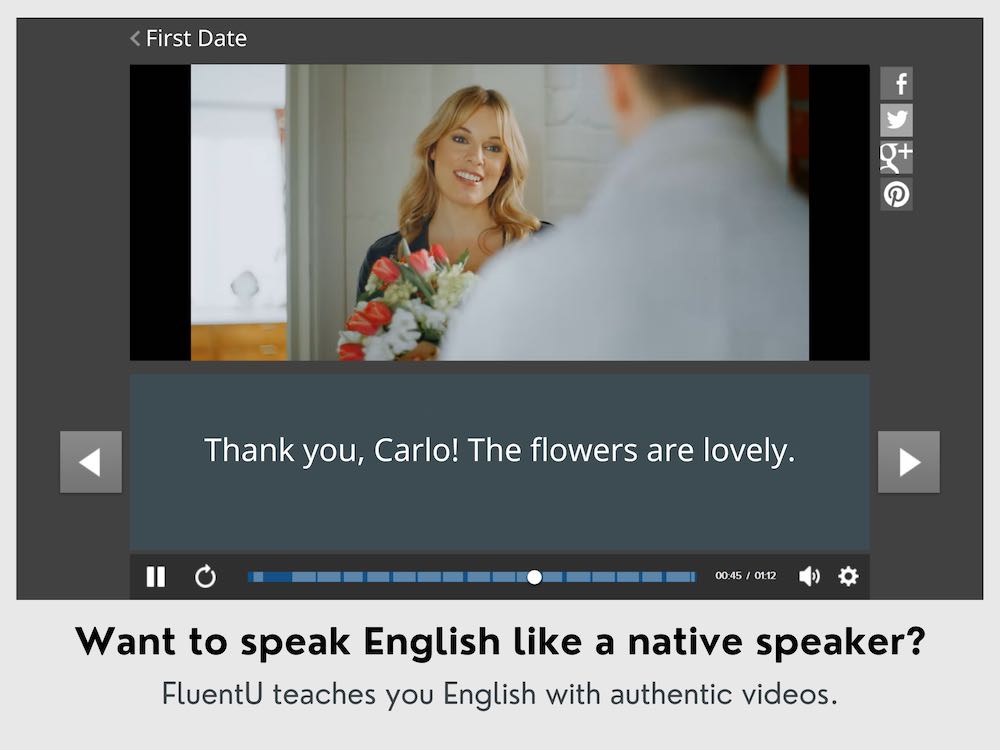
For whatever text your students are reading, you can find a corresponding video in English that comes with interactive subtitles and additional learning tools to support your ESL instruction.
Not only will your students get to hear spoken English with a visual aspect, but they’ll also get reading practice by following along with the subtitles. Whenever a new word comes up, you can click on it to pause the video and get a deeper look at how the word is used.
Whatever the reading material, it’s important to make sure it’s relevant to your students’ ages, English levels, interests and goals.
Don’t let reading go too long—just long enough for your students to grasp the general and specific concepts in the text.
Make it fun and enjoyable to harbor more enthusiastic and confident beginner students!
Download: This blog post is available as a convenient and portable PDF that you can take anywhere. Click here to get a copy. (Download)
And One More Thing...
If you like learning English through movies and online media, you should also check out FluentU. FluentU lets you learn English from popular talk shows, catchy music videos and funny commercials, as you can see here:
The FluentU app and website makes it really easy to watch English videos. There are captions that are interactive. That means you can tap on any word to see an image, definition, and useful examples.
For example, when you tap on the word "searching," you see this:
Learn all the vocabulary in any video with quizzes. Swipe left or right to see more examples for the word you’re learning.

FluentU helps you learn fast with useful questions and multiple examples. Learn more.
The best part? FluentU remembers the vocabulary that you’re learning. It gives you extra practice with difficult words—and reminds you when it’s time to review what you’ve learned. You have a truly personalized experience.
Start using the FluentU website on your computer or tablet or, better yet, download the FluentU app from the iTunes or Google Play store. Click here to take advantage of our current sale! (Expires at the end of this month.)


